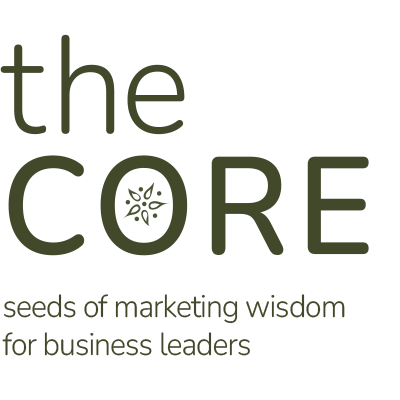Marketing is crucial to the success of a business. It helps you meet your sales goals, increase your brand awareness, and tell your story. Though many understand the importance of marketing’s role in growing a business, few are sure of how to go about it. Should you hire an internal team, or should you outsource to a local agency? For the most robust, effective marketing strategy, we recommend outsourcing. Let’s talk about why.
In this article, we’ll cover a few reasons to consider outsourcing, including:
- Staying ahead of the curve
- Getting more out of your marketing budget
- Having a comprehensive marketing team without searching for employees
- Focusing on your core business operations
With an outsourced marketing agency, you can…
Stay Ahead of the Curve
A marketing agency lives and breathes innovative tools and effective strategies. They are working daily to research new methods, test the effectiveness of a tactic, and identify the best way to connect with your audience. Not only do agencies stay ahead of the latest trends, but they also invest the time into learning about your internal operations and your target audience’s expectations and needs.
Agencies live in the marketing mindset, whereas internal teams are living inside of your industry’s world. When you outsource your marketing, you know that you’re working with a team that will identify your vision, build a strategy, monitor that strategy continually, and do everything in its power to deliver results.
Get More Out of Your Marketing Budget
Can you believe that hiring an external marketing team could actually make your budget stretch further? When you think of it in terms of overhead, you can skip hours of searching for an internal employee and the countless dollars you would spend hiring, training, and managing that new person.
Having an agency on retainer also ensures that your marketing strategy will not be put on hold when someone leaves your team—allowing you to continue growing even during times of turnover. Finally, consider the continual training costs necessary for professional development, such as conferences and classes, and industry organizations’ membership costs.
All in all, agencies bypass your overhead costs and provide you access to a diversely talented and well-trained marketing team that always has a finger on the pulse.
Have Access to a Comprehensive Marketing Team without Hiring
An agency removes the need to hire someone to fill every role—content, digital marketing, graphic design, photography, web development, and so on. You will have access to each of these skills, all in one place. It’s as simple as that. In Green Apple’s case, we approach each new client strategy by handpicking a team of marketing professionals to fit your business’s specific needs. We serve as a full-service, one-stop-shop for all things marketing, and you’ll find that it takes the stress off your plate. Rather than piling marketing tasks onto your to-do list, you know that an agency is already five steps ahead of you.
Focus On Your Core Business
Your business’s core operations are where you want to spend your time. If you’re a roofing company, for example, you don’t want to spend your days wading through marketing tasks, nor should you have to. When companies have the internal capacity to tackle their core focus, that’s when they reach their highest potential. An agency identifies that potential and makes sure that your marketing aligns appropriately. You, on the other hand, focus on what you know and what you love doing. We take care of the rest.
Are you ready to take your business goals to the next level? Contact Green Apple Strategy today to schedule a consultation. To have marketing insight sent straight to your inbox, sign up for our newsletter—The Core.












